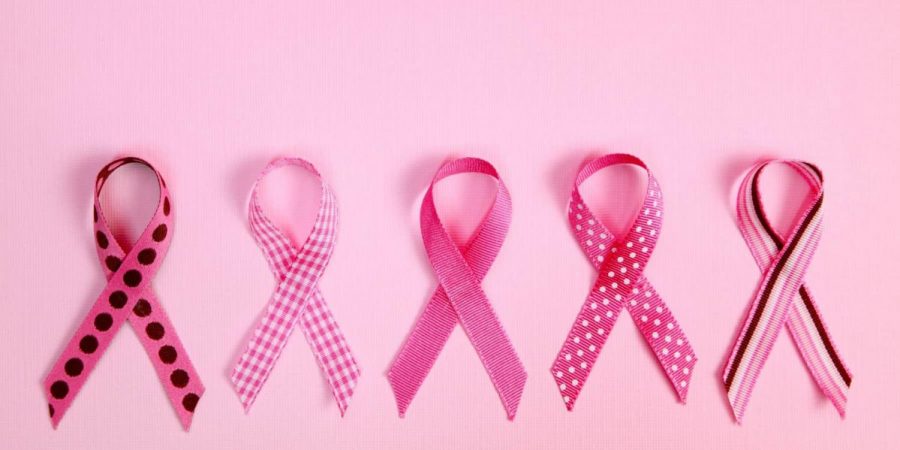Breast Cancer Awareness Matters
October is known as Breast Cancer Awareness Month nationwide.
October 23, 2019
Breast cancer is the second leading cause of death in women, the American Cancer Society reports. National Mammography Day, on Oct. 18, is a reminder everyone can spare a couple of minutes to make a mammography appointment that could be lifesaving in the future.
President Bill Clinton was the first one to declare National Mammography Day in 1993, which lands on the third Friday of October, known as Breast Cancer Awareness Month.
Today’s technology has the ability to identify breast cancer in its early stages is available and can help save a life.
“About 1 in 8 U.S. women will develop invasive breast cancer over the course of her lifetime,” the American Cancer Society states. In fact, in 2019, over 268,000 “new cases of invasive breast cancer are expected to be diagnosed in women in the U.S.”
“As a woman, a medical professional and the mother of a daughter and a son, I believe that having an annual mammogram based on the recommendations of the American Cancer Society for Breast Cancer is paramount to the health and safety of all women and men,” Dr. Marisol Ostrov, Interim Director of Student Health Services at Central Connecticut said.
As the American Cancer Society explains, the mammogram is a low-dose x-ray that allows radiologists to look for changes in breast tissue and detect breast cancer. There are two types of mammograms: a screening mammogram for women who do not have any problems, and a diagnostic mammogram for women who have breast symptoms.
“Most women with breast cancer have no symptoms, so regular breast cancer screening to find breast cancer early is very important,” Dr. Ostrov said.
“Breast cancer is a preventable cause of death and a simple screening can potentially help save your life,” Dr. Amber Cheema, a family medicine specialist added.
American Cancer Society recommends that women of average risk for breast cancer between 40 and 44 have the option to start screening with a mammogram every year; women between 45 and 54 should get mammograms every year; 55 years old and older can either choose to continue with annual mammograms or switch to every other year.
“All women should understand what to expect when they are getting a mammogram for breast cancer screening,” Dr. Ostrov explained. Some women describe it as uncomfortable while others refer to the screening as painful. Everyone has their own discomfort and pain threshold.
However, “in the end, it is a fairly quick procedure that is over in 10-15 minutes and most importantly it saves lives,” Dr. Ostrov continued.
Dr. Ostrov further explains that some of the reasons why women do not get annual mammograms can be because of the lack of education on the importance of these exams, the lack of funds or insurance to pay for it, not making time to take care of themselves or simply the fear of getting breast cancer because of the exposure to radiation.
However, there are many organizations that provide free mammograms on a regular basis, as well as events in the community close by that help make it easier for women to be screened.
For further information, it is recommended one speaks to their health care provider or contact the American Cancer Society.







